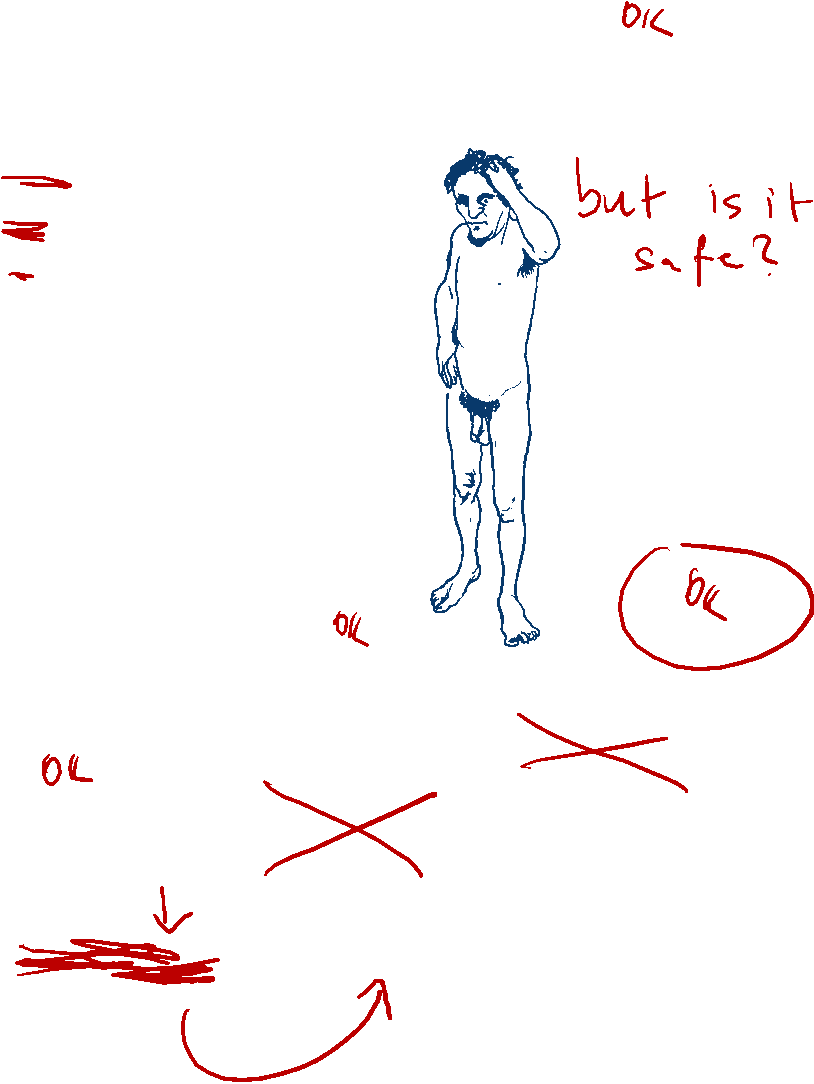
Liam Man’s series “Carcass of the Ice Beast” won the Earth Photo 2025 Climate of Change Award. In 2009, thermally reflective blankets were placed over the Rhône Glacier in Switzerland, to slow its melt, but today these coverings hang in tatters. Man said that it is a “tribute to human effort and a sobering reminder of its limits. Despite the dedication of a few, their interventions could not halt the glacier’s retreat.” Look through the gallery to see more of the Earth Photo winners.

Lorenzo Poli was awarded the Earth Photo 2025 Award for his series “Autophagy” which documents the Chuquicamata mine in Chile, one of the world’s largest and deepest open-pit copper mines.

Here, mineral ore extraction can be seen encroaching on an abandoned miners’ town. Poli hopes that the series will help to highlight unsustainable mining practices which are being fuelled by increased global demand for copper, a critical mineral in the transition to renewable energy.

Mateo Borrero’s photograph “Waterline” won the Forest Ecosystem Award for its depiction of drought in Peru’s Amazon rainforest. It shows a man from the Ticuna indigenous people standing beside a gigantic Ceiba tree; the shoulder-high mark on its trunk illustrates where the waterline should be at the peak of the rainy season, said Borrero.

Issam Chorrib received the David Wolf Kaye Future Potential Awards for his photograph “La Hepica,” which was taken in Larache, Morocco. Using multiple layers, this composite image shows the charred remains of a once-verdant forest following a wildfire.

Shane Hynan’s series “Beneath/ Beofhód” was awarded the Photoworks Digital Residency Award. “Beofhód,” which is an Irish term for “life beneath the ground,” shows the ancient tradition of peat harvesting. Peat, an accumulation of partly decayed organic matter, has historically been used as a source of fuel, but increasingly it is being recognized as an important carbon sink that needs to be preserved.

The series “invites viewers to consider the bog not only as a living archive of history but as a vital site for climate action and cultural renewal in the present,” said Hynan in a press release.

Earth Photo’s New Scientist Editors Award went to Vivian Wan for her series documenting conservation along the Trinity River, the largest tributary of the Klamath River, in California. Here, as part of the Yurok Tribal Fisheries Program, tribal members and biologists install rotary screw traps, specialized devices used to catch live fish to monitor disease and track migration patterns.

The Klamath River basin has long been the cultural and ecological heart of the Yurok Tribe, yet decades of environmental degradation have impacted the ecosystem, said Wan. The Yurok Tribal Fisheries Program aims to restore fish populations and habitats along the river.


